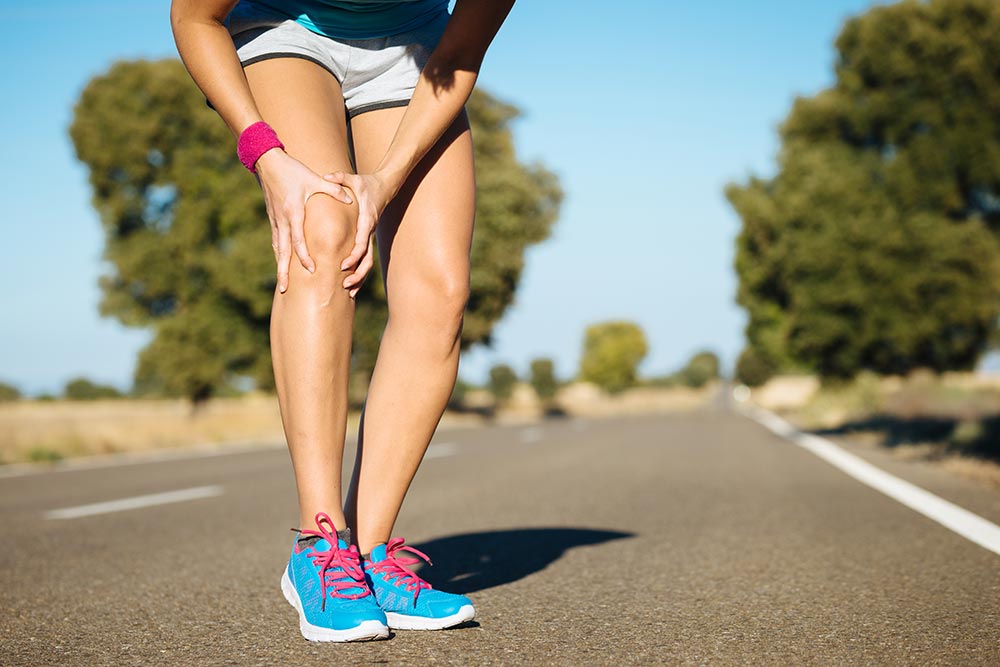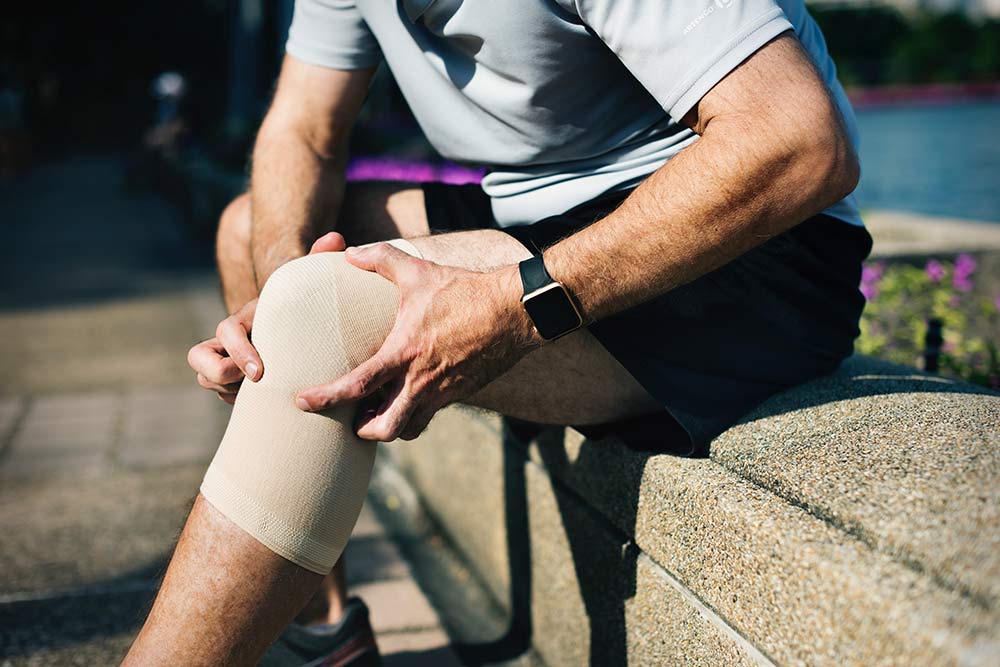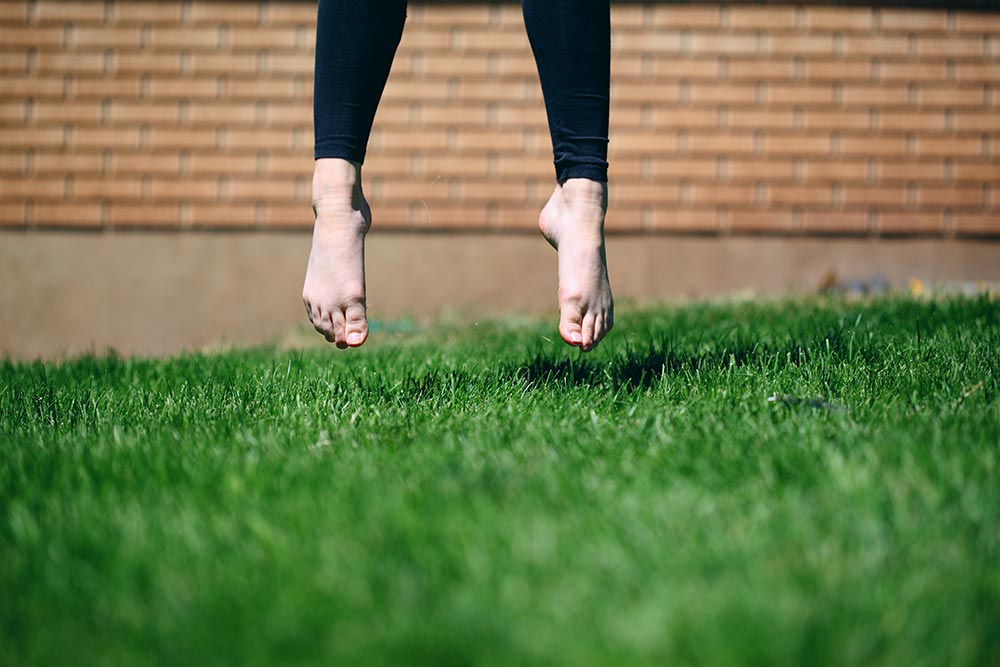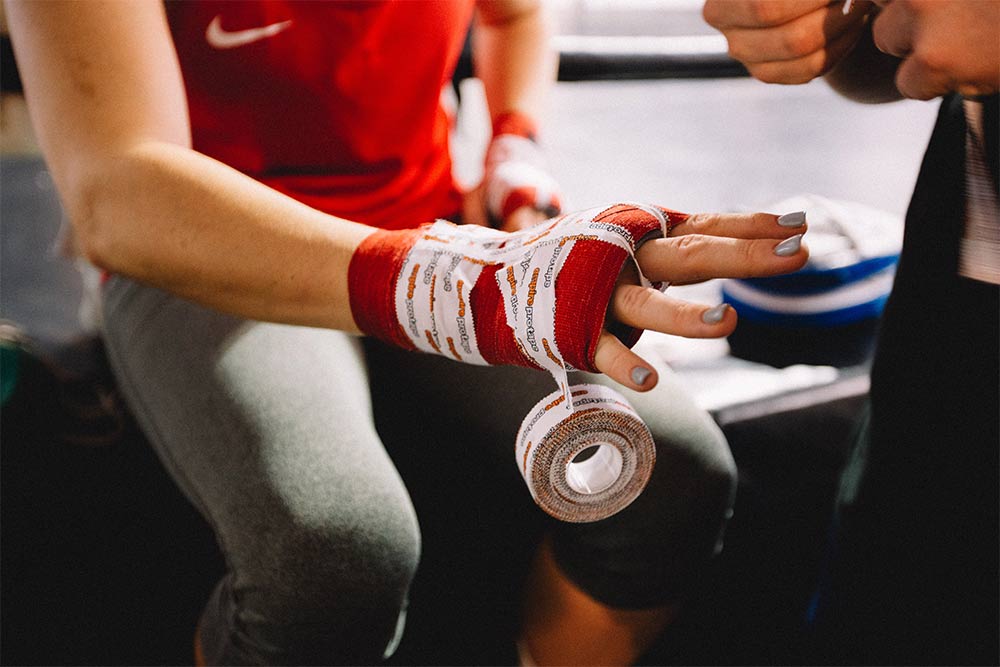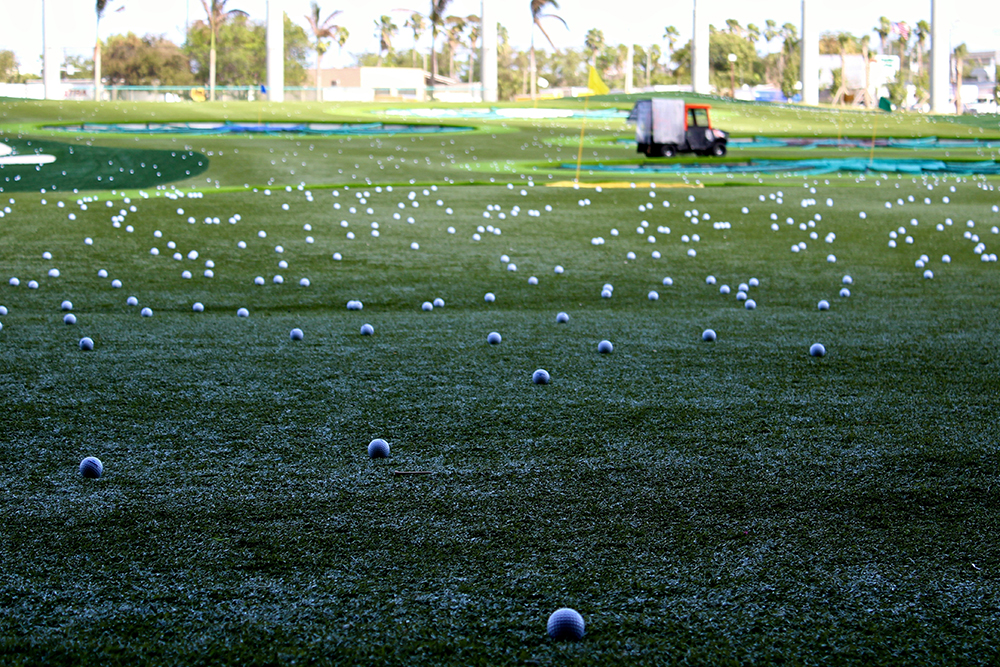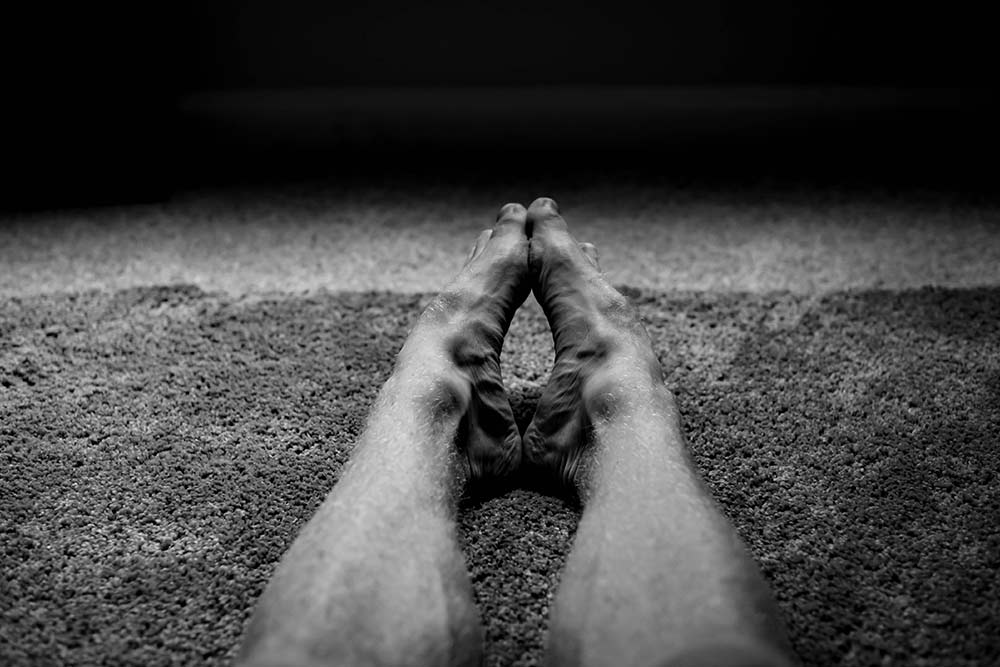Role Reversal: The Therapist Becomes The Patient

Ryan Cross – B.A. Hons (Kin), MScPT, FCAMPT
Registered Physiotherapist at CBI Physiotherapy and Rehabilitation Centre in Sarnia, Ontario, Canada
Anger. Fear. Pain. Anxiety. This is what I felt, in that order, when my injury happened. While playing hockey, I took a blindsided hit (in a non-contact league) on my right shoulder and fell to the ice. I had the wind completely knocked out of me; tried to gasp for air, but could only make out some embarrassing sounds. I was angry that I took a needless cheap shot; hockey shouldn’t keep you out of work the next day. I tried to move my arm and I instantly knew something was wrong. My instincts as a physical therapist and sports trainer kicked in.
I felt my collar bone only to find a soft gap in the middle portion. Fractured clavicle. Fear set in as my first thought was that I couldn’t breathe due to my broken collar bone puncturing a lung. It’s interesting how our minds can immediately think the worst possible scenario. I was able to catch my breath and that’s when the pain set in. Any movement of my right arm sent a sharp pain from my shoulder down my arm. Thankfully a good friend was with me to help remove my equipment and get ready to head to the hospital. As he helps me he says, “at least you won’t have to go to work for 6 weeks.” That’s when the anxiety set in. I couldn’t be off work for that long! When an injury or accident happens, people can experience a wide range of emotions.
 In this short time being injured, I have already gained a better appreciation for what a lot of my patients go through. In most cases, an injury or accident is a new experience for people. The International Association for the Study of Pain has defined pain as “an unpleasant sensory or emotional experience associated with actual or potential tissue damage, or described in terms of such damage.” Pain is captured perfectly with this statement. This means that pain is an experience that is multifactorial and differs between individuals. Pain is always unpleasant, but our emotions can have a positive or negative effect on pain. What we feel and how we feel about an injury can also influence how the rehabilitation process will go.
In this short time being injured, I have already gained a better appreciation for what a lot of my patients go through. In most cases, an injury or accident is a new experience for people. The International Association for the Study of Pain has defined pain as “an unpleasant sensory or emotional experience associated with actual or potential tissue damage, or described in terms of such damage.” Pain is captured perfectly with this statement. This means that pain is an experience that is multifactorial and differs between individuals. Pain is always unpleasant, but our emotions can have a positive or negative effect on pain. What we feel and how we feel about an injury can also influence how the rehabilitation process will go.
Sitting in the emergency department, waiting to go for X-rays, I felt a number of different emotions. Of course, the shoulder pain was unpleasant, but I was also frustrated that the injury would be serious enough to keep me off work. This highlights how pain can be exacerbated by one’s emotional state.
As I was having a bit of a pity party, my wife (who got up and came to the arena to shuttle me over to the hospital) made me realize how unhelpful that is. She said, “You can’t change what has happened, but you can control your attitude. Sulking isn’t going to help your shoulder right now.” It was blunt, but necessary. There have been times when I think a patient might need that kind of tough love encouragement. Dwelling on the negatives will never help your pain or injury. Attitude can make a huge difference when dealing with pain.
Two days after confirming the fracture,
I met with the surgeon who recommended surgery the very next day. I was admitted to the surgical floor to wait for surgery and that was when I realized that I was in the same boat as a lot of the patients that I see in the clinic. Every so often the nurse would come in and ask me to rate my pain from 0 to 10. It is a question I ask daily to my patients. Almost every time I ask the question, I hear a response that includes, “I have a high pain tolerance.” Other times, people would have such a hard time answering.
I could never understand why it was so challenging to answer such a straightforward question. As a patient, it became a little clearer. If I didn’t move my arm, my pain was 0/10. If I forced movement then I would feel some discomfort. The worst part was that it was nowhere near feeling normal. Plus, I was really annoyed that I found myself in this situation. By saying 0/10, it would indicate a mild injury, but to me this was a serious situation. Therefore, it was hard to capture the whole situation with just one number.
In these early days of my recovery,
I already have a better understanding of what many of my patients are experiencing. There are many factors that contribute to the pain experience that can either help or hinder that recovery. A positive attitude goes a long way to improving your situation. Focusing on the negatives only makes the pain worse and longer lasting. I still have a long road to recovery ahead of me and I am sure it will be a learning process. Although this injury is terribly inconvenient for me, I believe this process is going to help me relate to patients and guide them through their own recovery.
Related Article: When You Should Go See A Physical Therapist
References:
“International Association for the Study of Pain: Pain Definitions”. http://www.iasp-pain.org/Taxonomy
You Might Like:





